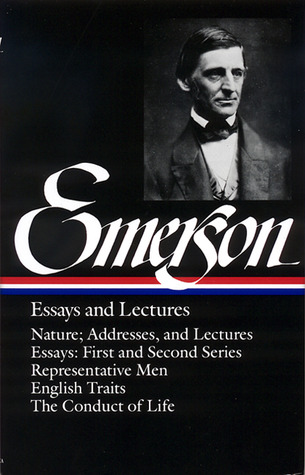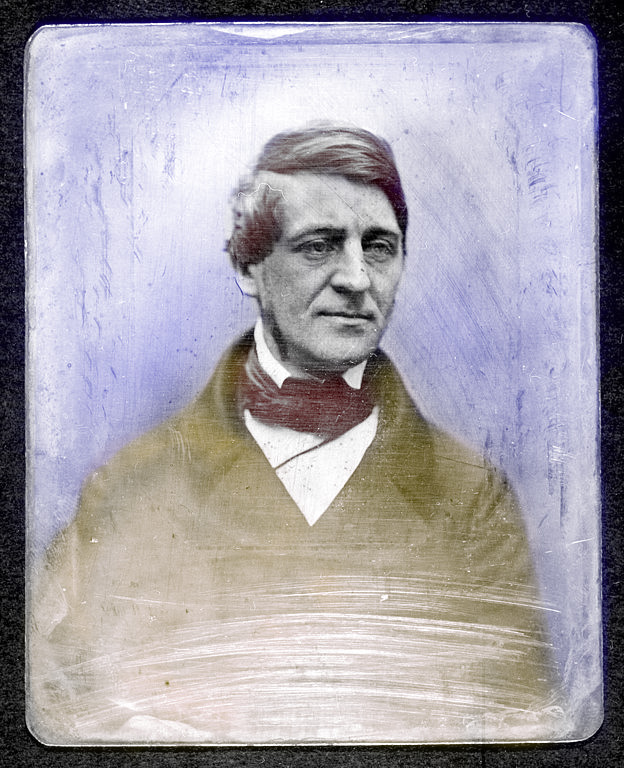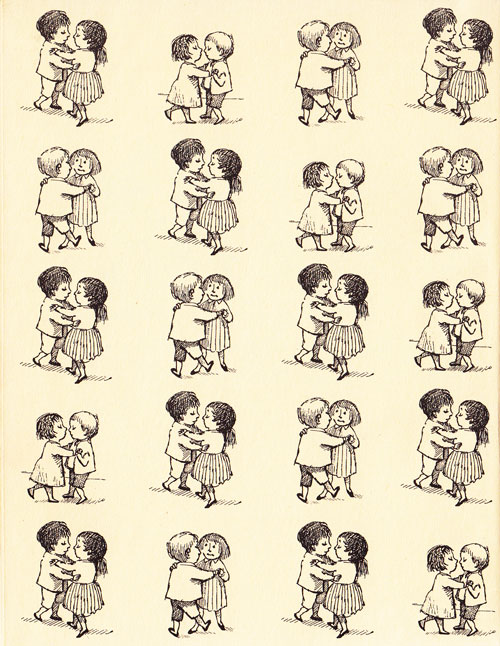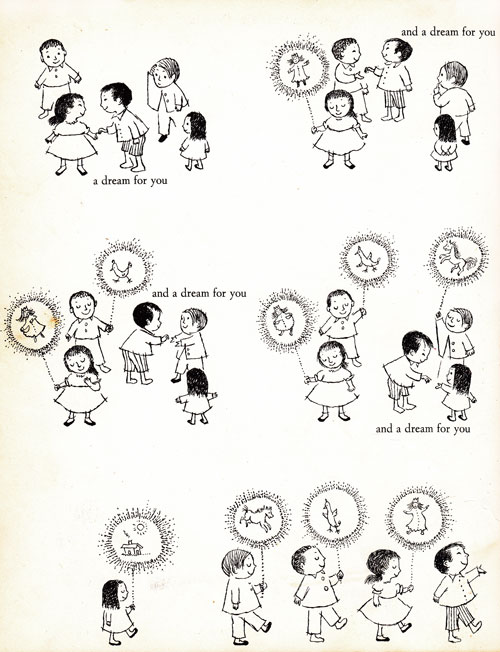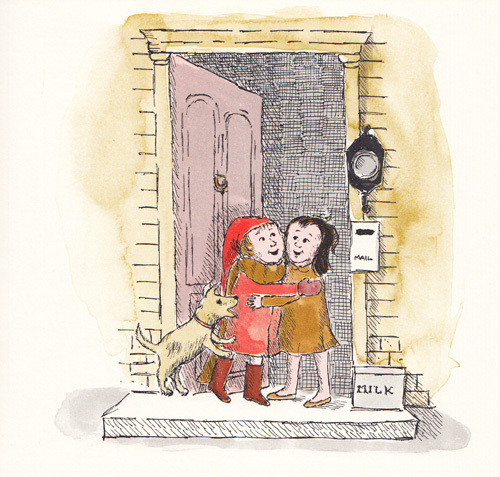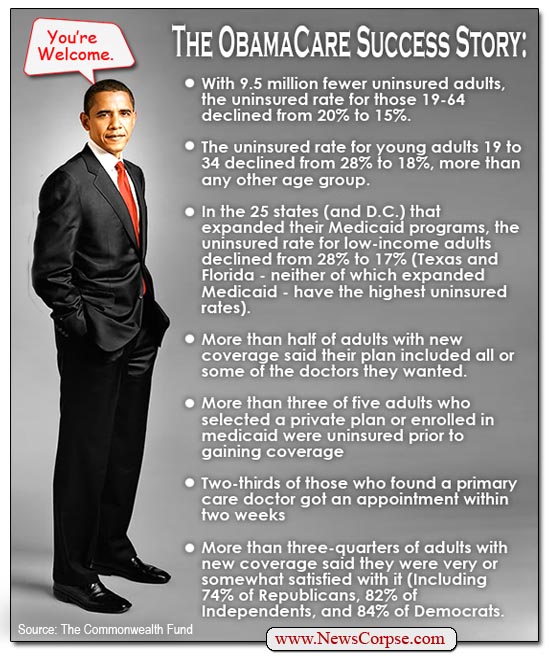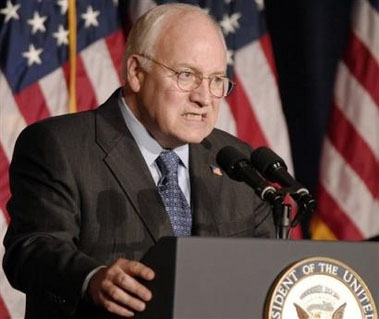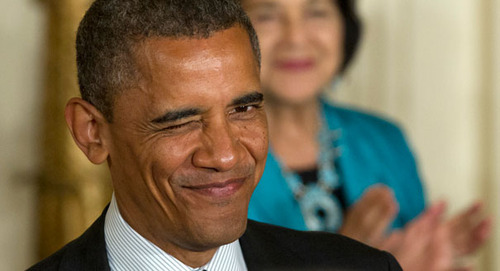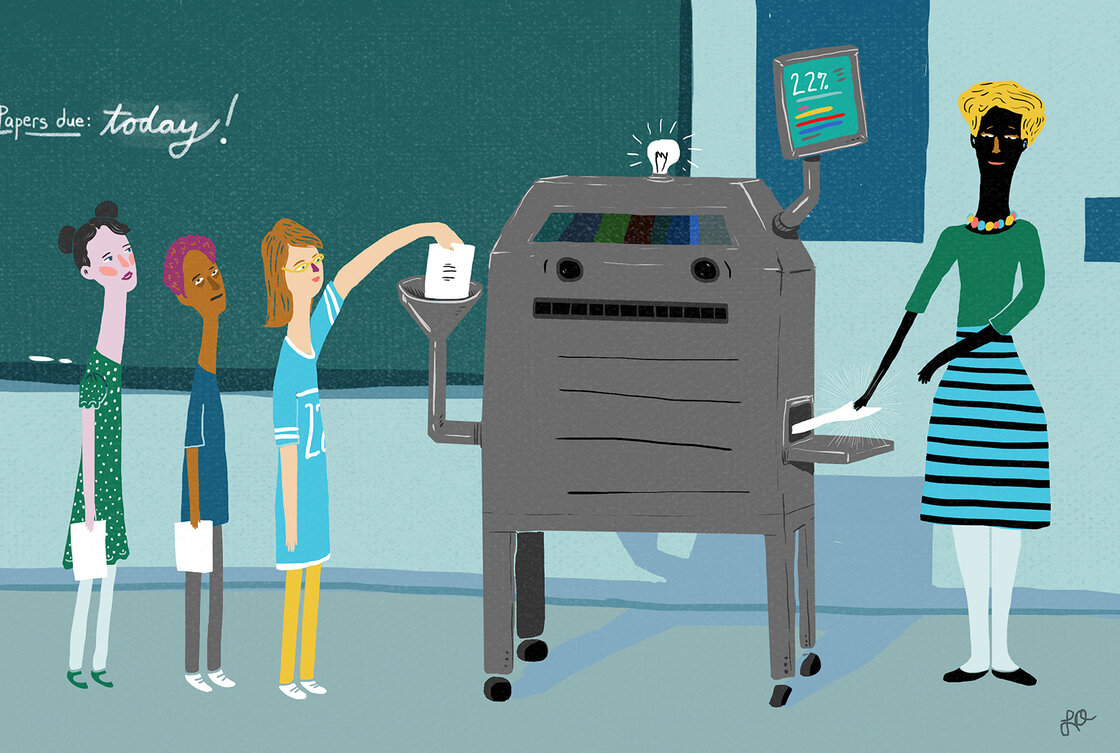I did not see the brief disclaimer in your email before I saw the photos.
As soon as I saw the charred bodies, I said to myself "that looks like the outcome of an African tank truck explosion a few years ago." (I also noted that certain unhinged Africans might have hacked people to death but would never have wasted so much expensive fuel just to carbonize cadavers.)
In fact, those charred corpses are not attributable to a Muslim-perpetrated slaughter of Catholics/Christians but to a fossil fuel tragedy.
Excerpt from previous communication:

"Terrorism and The Other Religions"
by University of Michigan History Professor, Juan Cole
(Yes, it fact checks.)***
The United States is the only country to drop "The Big One."
And not just once, but twice.
And both times upon civilian populations.
"Christian Just War Principles" Established c. 500 A.D.
Vs. America's "just war tradition"
Vs. America's "just war tradition"
***
Your taxes - and my taxes - paid for My Lai and Abu Ghraib... not to mention the larger military obscenities of which they were part.
Did you refuse to pay that percentage of your taxes which supported The Vietnam War or Bush-Cheney's Whimsy War in Iraq?
We could have.
But we didn't.
The resulting blood -- 3,000,000 dead in Vietnam and a million dead in Iraq (and counting) -- is on our hands.
Make no mistake. Bush and Cheney launched The Whimsy War on sheer trumpery and brazen fabrication but they will "walk."

Then there are millions of maimed Iraqis hidden from view by our focus on "body counts."
***
***
Also hidden from view are tens of thousands of maimed GIs.

All for nothing.
Less than nothing.
"For misleading the American people, and launching the most foolish war since Emperor Augustus in 9 B.C sent his legions into Germany and lost them, Bush deserves to be impeached and, once he has been removed from office, put on trial along with the rest of the president’s men. If convicted, they’ll have plenty of time to mull over their sins."
Israeli War Historian, Martin van Creveld, the only non-American on the U.S. Military Officer Corps' required reading list.
Tell a friend.
Pax tecum
Alan
PS I believe that "God is Truth and Love" and that people who deliberately circulate lies to further religious agendas while actually promoting religious hatred are responsible for shitting in God's mouth while swinging the hammers that crucify God-Love.
***
ASSIST News Service (ANS) - PO Box 609, Lake Forest, CA 92609-0609 USA Visit our web site at: www.assistnews.net -- E-mail: assistnews@aol.com Saturday, January 19, 2013 Fake Picture caption still doing the rounds It alleges that it shows the charred bodies of Nigerian Christians supposedly burned in a massacre perpetrated by Muslim terrorists  By Dan Wooding Founder of ASSIST MinistriesLAKE FOREST, CA (ANS) -- In the dark days when I worked for the British tabloids, we had a motto which was, “Never let the truth interfere with a good story.”
While the story is true, for back in March of 2010, a terrible massacre took place close to Jos where as many as 500 people, many of them women and children, were killed by Hausa-Fulani, Muslim herders, the picture that has been doing the rounds, has nothing to do with Nigeria, but instead comes from a terrible tanker explosion in the Democratic Republic of Congo. Having been born in Northern Nigeria to British missionary parents, and given the Hausa name of Dan Juma (son of Friday), I was horrified when I first saw the picture of the hundreds of charred bodies. One posting of the picture said, “Christians burnt alive by Sunni Muslims in NIGERIA…PLEASE SHARE IT OR JUST UPLOAD YOUR OWN…BUT SOMEHOW SPREAD IT IF YOU’RE EVEN 1% CHRISTIAN — It is still not over yet!”
Being a journalist now for some 43 years, I have learned never to accept these claims on face value, so I did some checking and finally found this story by Katrina Manson of Reuters dated Saturday, July 3, 2010, with the headline, “Fuel tanker explosion kills over 230 in Congo.” You can read it for yourself athttp://www.reuters.com/article/2010/07/03/us-congo-democratic-explosion-idUSTRE6620H220100703. So it appears that the photo above was apparently not taken in Nigeria at all, but in Congo and story begins, “At least 230 people were killed when a fuel tanker overturned and exploded in eastern Democratic Republic of Congo, unleashing a fire ball that tore through homes and cinemas packed with people watching World Cup soccer. “Officials said on Saturday the explosion late on Friday also injured 196 people, adding that the death toll could rise. “They described scenes of devastation in the town of Sange, where houses were burned and bodies littered the streets. Some people died while trying to steal fuel leaking from the tanker, but most were killed at home or watching World Cup soccer in cinemas.” So, like so many of you, I am horrified with the shocking violence that is being perpetrated by groups like Boko Haram in Nigeria, but I believe that we should also be careful when we circulate items like this one, and check them out, before claiming them to be true, which this time was apparently was not the case.
|
On Wed, Aug 20, 2014 at 10:15 AM, John Tarantino <johntarantino@nc.rr.com> wrote:
----- Original Message -----From: ATRead the story below 1st, then circle back to this:(500 Nigerians Brutally Murdered by Muslims- Truth! but Inaccurate Details & Photo!)
Unbelievable!
What you see and learn here, you will never see in the official medias...Read and pass on!!
Statement by Father Juan Carlos Martos cmf
Secretariat of PV Clarettiani Missionaries
"This is a brutal example of how far the struggle between muslims and catholics in Nigeria has reached. Muslims are determined to impose their 'religion' all over Africa as well as in other continents and countries
of the world. Islam has but one goal: rule the world at any cost!"
"And where are the International Human Rights Organizations?Christians are burnt alive in Nigeria: a horrific Holocaust right in front of International indifference! As denounced by Father Juan Carlos Martos, on behalf of the Missionari Clarettiani, via del Sacro Cuore
di Maria, Rome, Italy."
"By publishing this graphic document on Facebook, I have intended to make the world aware of certain terrible events totally ignored or minimized by the mainstream media; an authentic genocide so cruel and inhuman only comparable with the most hateful and vile acts in the nazi extermination camps."
"To my great surprise, Facebook has criticized me for the publication of this graphic document as a proof of the Holocaust that Christians have been suffering in Nigeria in the last ten years. According to Facebook's
Security policy of the 'social' Network, this photo has been classified as 'pornographic', 'violent' or 'inappropriate' and hence I was disallowed to publish any picture for a week. And I was threatened drastic measures if I insist publishing any document that prove the terrible violations of Human Rights in Nigeria.This attitude by the (Spanish) Facebook Management is an attack to the freedom of expression as much as a shameful insult to the 500 victims (only in this horrible episode) slaughtered by islamic terror only for being christian."
"I thought that this social network, originated in the United States, would not bend its knees in front of terror. Especially, when still healing their wounds suffered in the gruesome 9/11 attack, just as our own 3/11 at Madrid railway station, all innocent victims of the wild fury and insanity of islamic terror."
"This seems even more unacceptable in Spain, a Democratic state, where the rights of opinion, expression and religion are guaranteed by the Constitution (Art. 16 and 20), if there is an attempt to limit such rights, let alone through threats and coercion thus weakening their freedom of expression by condemning as "inappropriate" a graphic document
(not a photomontage) which reflects a brutal reality in all its crudeness."
"Contrarily, the Administrators of Facebook Spain should welcome this public protest advocating that such a barbarian act will never be replicated and that its perpetrators will be brought to justice. This is a right and duty of every citizen: a service to society, ultimate goal, I feel, of any network that defines itself as 'social'."
"Regrettably, if the murders continue, this is greatly because truth is always hidden to the sovereign people, so that they may not be aware and 'disdained' by it: complicit silence by the mainstream media leads to the indifference of the international political community facing this unspeakable Holocaust! Let alone the cowardice already rooted in the western world facing the islamic terror. A consequence of the stupid "Alliance of civilizations": another regrettable incident of our former Prime Minister Rodriguez Zapatero."
"Can you imagine the reaction of the islamic terrorist organization in the (impossible) case of a massacre of muslims in a mosque, by the hands of christian terrorists? And how widely would our media cover and condemn the crime and the criminals??"
"Therefore, from this modest blog, I ask a favor from all people who are reading me: please distribute this photo and its comments using all the media you have. If only for commemorating these martyrs since, unfortunately, Facebook seems to be on the side of the executioners by preventing the publication of such tragic events."
Juan Carlos Martos cmf Segretariato di PVMissionari ClarettianiVia Sacro Cuore à Maria-500197-Rome











